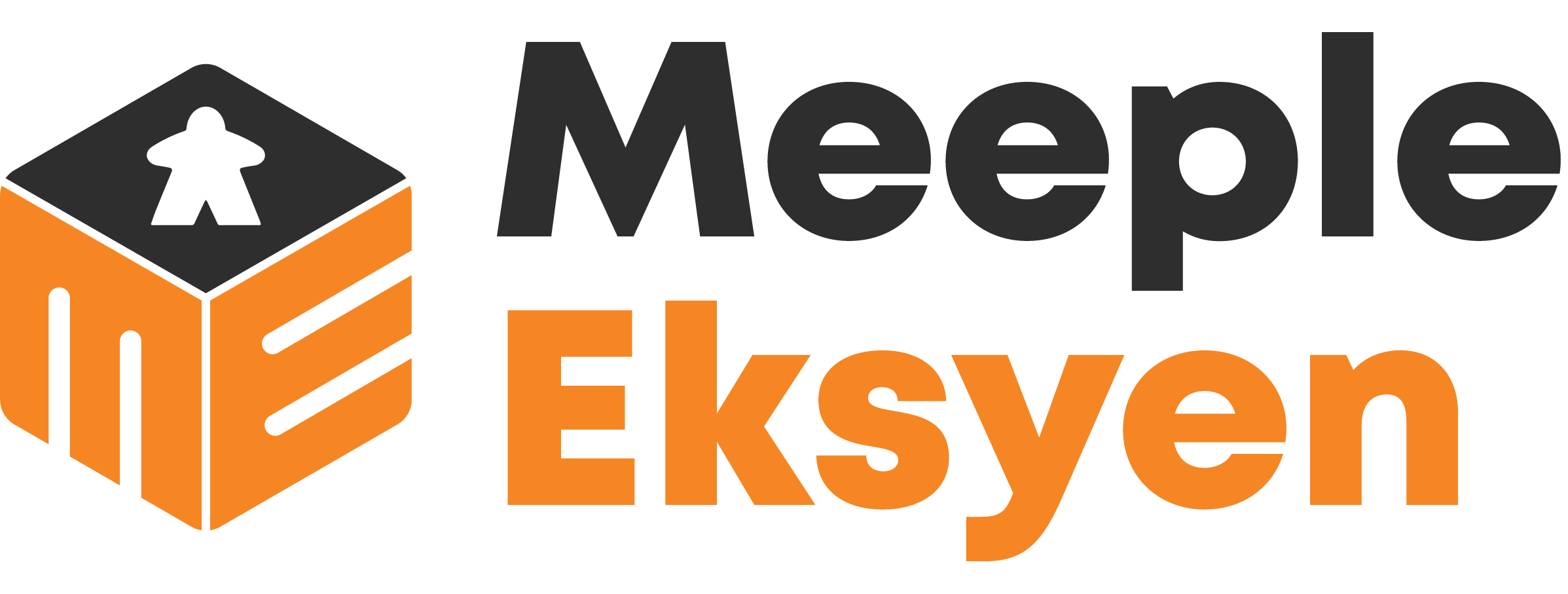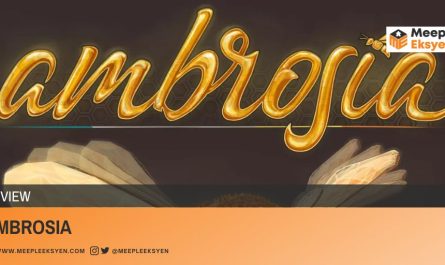I’m pretty weak with board games with Asian touch in it. Hence, I didn’t think twice to back Shaolia: Warring States when it went online on Kickstarter. Shaolia was a fictional continent (I assumed it was inspired by ancient China/Korea kingdom) with multiple lords who governed their own region. They have risen to claim the former emperor’s throne. For efficiency purpose, we’ll be referring this game as Shaolia only. Will this be a great game from Bad Comet Games?
A short disclaimer before you read my board game analysis
As an avid euro gamer and hardcore Legend of the Five Rings (L5R) LCG player, my reviews may reflect a preference for these styles, and I may not cover solo games/variants extensively. Please note that my personal remarks are based on my gaming experiences, and I aim to provide honest insights within the scope of my preferences.
How to play Shaolia
As usual, I will start with a very brief explanation of how we play the game. First, of course, we need to set up the game board and components. We have the square cards from Level I and II. The cards used are based on which mode we want to play. Anyway, Level 1 Cards are facing down, and there will be three drafted Level 2 Cards available to choose.
There will be Territory and Trading Boards plus all the coins, minerals, officers, and dice. Yes, it’s a dice rolling game. Decide the first player, and it’s good to go. There are two ways to win the game: by gaining 18 Culture points or by dealing 12 damages to your opponent’s Palace.
The rounds
Shaolia is played through rounds, each consists of Purchase, Build, and Action Phases. Players take turns to do all his/her possible actions in each phase. After the round ends, the first player marker moves to the other player. Players may buy cards (Level 1 & 2), extra dice, and/or officers during the Purchase phase. The cost may vary; it can be Golds, Minerals, or even Level 1 Cards depending on the item.
During the Building phase, we can build Cards, open Locked Space, and demolish constructed cards on Territory Board. Then, we roll the dice we own during the Action Phase. We activate the Action Command by placing the dice result on the Cards/Palace. That includes attacking other player’s territory, trading via Trading board, gaining Culture value, and/or any other resources.
For the full rule explanation, please refer to Bad Comet Games’ official video below.
Personal opinions on Shaolia
Although the game involves cards, I’m sorry to break it for you, deck builders: there will be no deck building in Shaolia. However, as mentioned above, the cards played depend on the game mode. This will be discussed later on.
I have the worst fortune in dice rolling, but it does not sway me to enjoy Shaolia. Anyway, the worker placement acts as the prime mechanic, and the dice (as we can predict) will be the workers. We can manipulate the dice result by spending one Officer per value raised/lowered. This is helpful when the rolled dice are not favourable.
For a duel game, it may last up to 45 minutes. It might needs longer when we play with more than 2 players. Also, there were no hiccups, even in my first game. It shows us enough that the rulebook is comprehensible, even for newbies.
The variants and replay value
The multiple variants increase Shaolia’s replay value. The quick nature of the game does not restrain us trying all of them. Besides, the setup stays the same across the variation. Different modes only mean different cards used in the game. The basic “Warring States” mode is a good starting point for new players to understand the game flow. If you want to have more option in the economic aspect, there is the “Trade War” alternative to play. When you feel mind game is your forte, then you should try “Hidden Figures”. The “Blue Diamond” is the game when you want to seize control over the mineral resource. These make every game somewhat different at how you achieve the victory.

The game is made for a duel but, holy cow, the multiplayer modes are also amazing. You can experience a battle royal, a tag-team battle, and even 1-versus-all, too!
Illustrations and components
Gunho Kim has worked with a very talented artist. The stunning oriental artwork illustrated by Sophia Kang. Here we can see her two extraordinary, contrasting pictures on the cover. The box shows a giant Buddha (I assume) statue in calming colours that radiates tranquillity. Meanwhile, the sleeve depicts war mammoths and a brigade of soldiers, marching under the command of one terrifying commander. The contradicting images pretty much explain what you’ll get in Shaolia’s gameplay.

A short disclaimer before we move on to the components: I can only vouch for the Deluxe Kickstarter edition here. The high-quality components really deserve Shaolia’s US$ 56,00 price tag. The dice are custom-numbered, the Gold coins look good and have that ideal weight feeling, too. Also, the wooden resource tokens plus the mineral are not bad as well. This is why I jumped right into the deluxe instead of backing only the retail edition.
That one thing that can be better…
However, nothing’s perfect. There’s only one thing that ticked me off; it was the Level 1 Card. For instance, it looked that spending 1 Gold for a blind draw was okay. However, after we played frequent enough, we realised that 1 Gold may be a big difference to end the game during the late game.

Hence, during the early game in our following sessions, we felt restricted to spend that 1 Gold because we didn’t start with an abundance of resources. This also obstructed my planning sometimes, making this game more tactical clash than strategic. Which path you want to pursue really relies upon the drawn cards. You cannot start military conquest with cards that revolve around cultural approach, for example. It also adds an extra luck reliance that may be a pet peeve for some players.
This matter is the only thing that (for me) tipped the balance in Shaolia. Otherwise, everything is satisfactory and enjoyable.
Spoiler: An expansion is coming!

Gunho Kim has announced that an expansion project Shaolia: Great Houses is actually in progress. The project will be online on Kickstarter. Not only it adds new Building and Character cards, but this expansion will also bring new Noble House Tiles and Quest. We have received the prototype, too. Expect the review shortly!
Verdict
Shaolia is primarily meant for two players, but it does not mean you cannot enjoy the other game modes. It gives the replay value to this game. The rules are simple, and players can easily understand it hassle-free. It still involves a bit too much fortune, but it’s still enjoyable. Are you looking for a fun, duelling game with dice that remains competitive yet simple? Then, this game will be great for you. If you are a purist in euro game, Shaolia may not be for you despite its worker placement mechanic. Also, it entertains us better as an entrée rather than the main course due to its light nature.
I am a full-time food technologist during weekdays. However, when the calendar hits weekends, I transform into an avid board gamer. I am a hardcore Legend of the Five Rings (L5R) LCG player from Fantasy Flight Games (FFG). Current hobby: buying board games. My shelf of shame’s list is getting longer, thanks to you, Kickstarter.







